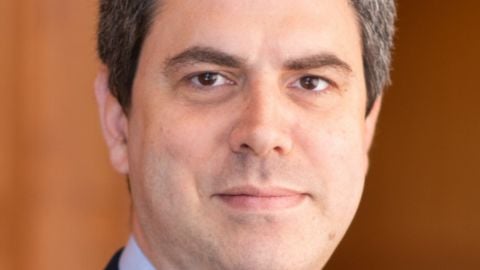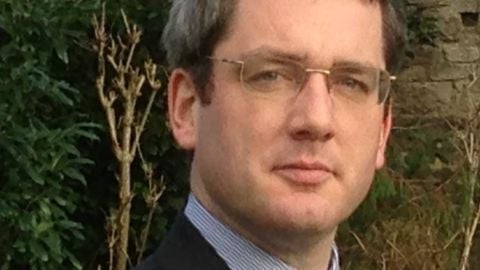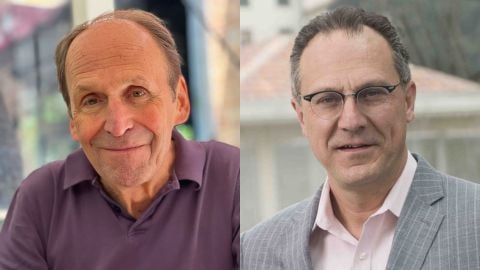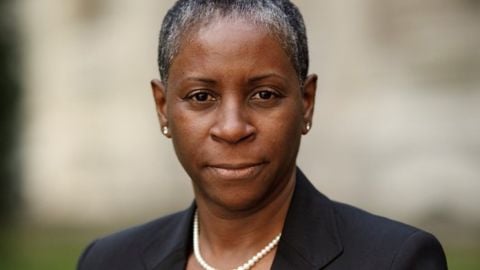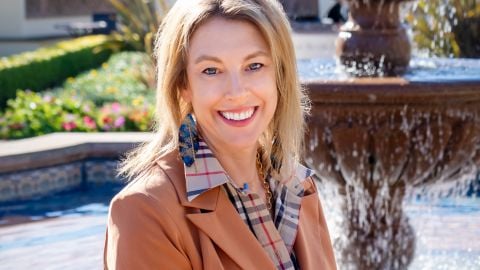In his 1996 State of the Union Address, President Bill Clinton announced that the “age of big government is over.” Some Republicans accused him of cynically appropriating their themes, while many Democrats thought he was betraying the principles of the New Deal and the Great Society. Mark Tushnet argues that Clinton was stating an observed fact: the emergence of a new constitutional order in which the aspiration to achieve justice directly through law has been substantially chastened.
Tushnet argues that the constitutional arrangements that prevailed in the United States from the 1930s to the 1990s have ended. We are now in a new constitutional order–one characterized by divided government, ideologically organized parties, and subdued constitutional ambition.
Image courtesy of interviewee. April 26, 2017

